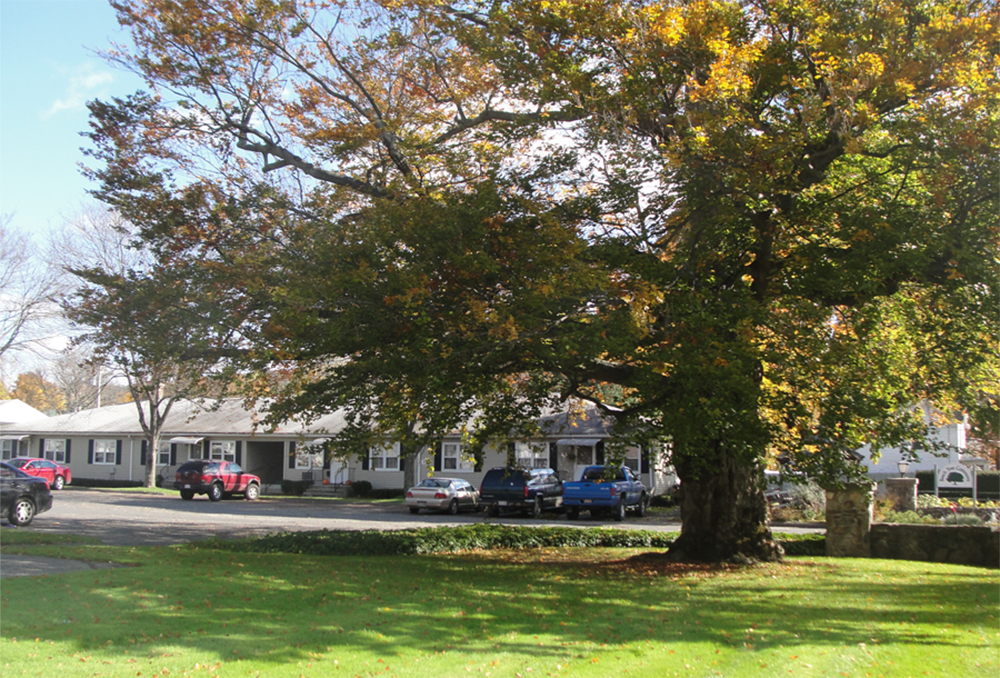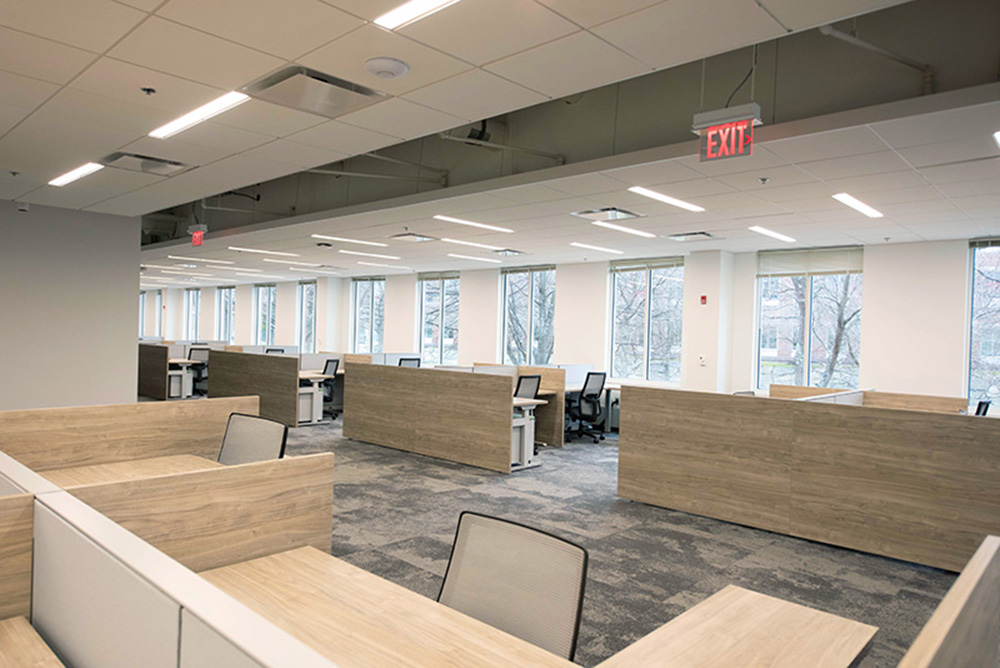What is “green” and how does it affect appraisals? - by Sean Sargeant

Sargeant Appraisal Service
My hometown has an environmentally friendly laundromat. How do I know? They have a huge banner stretched over the front door that states “ECO-Laundry.” In addition, the letters are all printed in bright green. I mean, what could be more reassuring about their commitment to the environment and investment in low-energy washers, dryers and water conservation. But sometimes when I’m hired to appraise a “green” property, I get the same empty feeling.
OK, I understand there are several rating systems that we’ve all read about, studied, and used; LEED, NAHB Model Green, Living Building Challenge, Built Green, Energy Star, EnerGuide, R-2000, Passive House… What could possibly be simpler?
We all act like green has a definite meaning; as if there was a convention and we all agreed on rules and a scorecard and a rating system and how to get to green. But after so many evaluations of green properties I’m not convinced. Is a net-zero residence, newly constructed on a formerly 20-acre wooded site with a “walk score” of zero, 15 miles from the nearest convenience store, school and bus stop green? Is a C-1890 single-unit home in a village center with a new solar array and LED lighting green? Is a renovated office building with a wall of plants in the lobby and a rain garden off the cafeteria patio green? Is the retail center with new light-pipes and a geothermal heating system green? Is the repurposed light-industrial residential loft with open beam ceilings and recycled concrete counter tops green?
Furthermore, where is there savings in building green? The current upcharge for a “green” home with a HERS rating of 40; now commonly achieved with modern materials, fixtures, HVAC and construction techniques; in our market is around $50 per s/f. The annual utility savings when compared to a “spec” home is around $0.75 per s/f per year. If we capitalize this annual savings at a safe rate, say 5%, that’s $15 per s/f over the life of the investment. Where did the other $35 per s/f come from, or perhaps better said, where did it go?
The answer is into a “social premium.” That is a premium paid in the market to reside in a green home, occupy a green office suite, shop at a green retail center and print “ECO” in large green letters over your door. I treat it as the opposite of a functional obsolescence, like having a home in the most-desirable subdivision or an office in the newest building. Hard income and expense figures do not fully describe the social premium and, just like woodland fairies, it’s only there if you believe it is.
I’ve often written that it is not the job of the appraiser to make the market; it’s our job to reflect the market. If buyers and sellers see a social premium in green, regardless the definition, it’s our responsibility to reflect this in the valuation. However, it’s also our job to advise clients on risk. When the market is paying a premium for an intangible; one not fully backed by additional income, reduced expenses or lower vacancy; it is our job to highlight the risk that the premium could disappear in the future just as easily as it appeared. As a result, I’m not so worried about the definition of “green” as I am about explaining to my clients that some of the premium paid to hang “ECO” over the door is not real property.
Sean Sargeant, MAI, SRA, is principal of Sargeant Appraisal Service, Rutland, VT.
Boyle of Chozick Realty negotiates $7.95m sale of 66-unit property







.png)